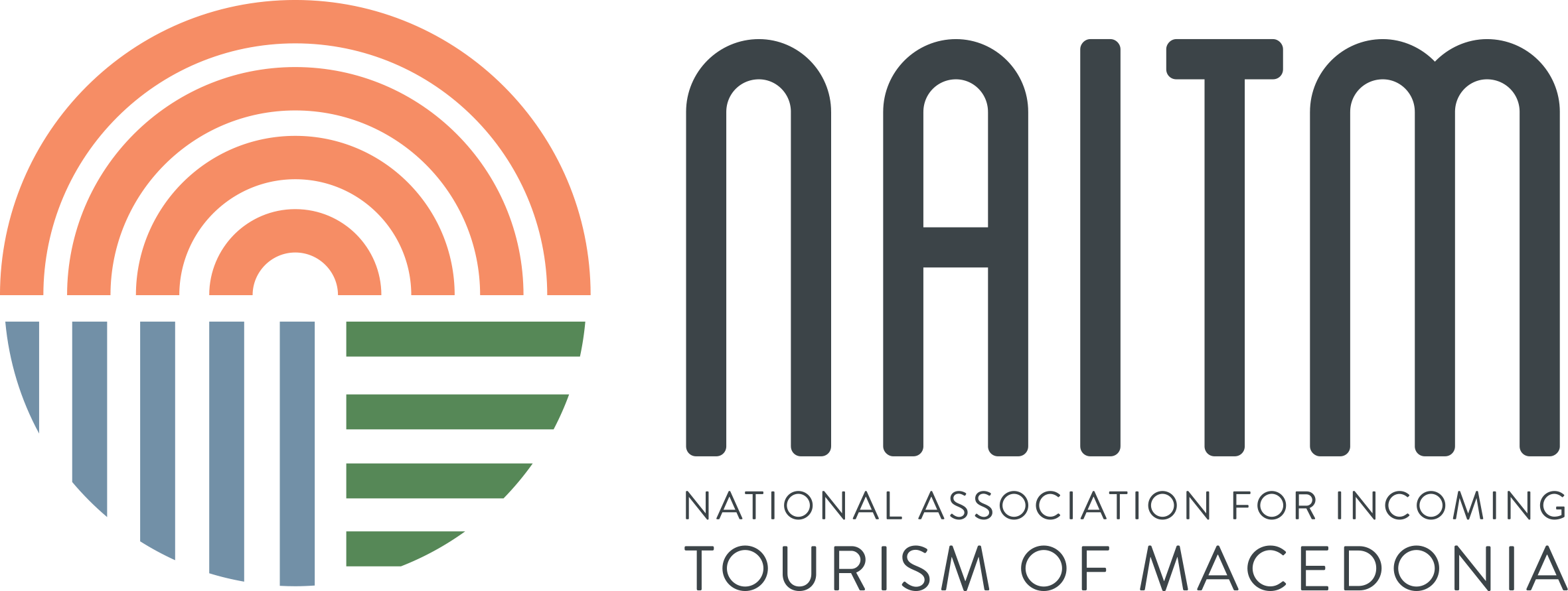| The 264 unique gold adornments of the trove found near the village of Sveshtari go on display today at the National Archaeological Museum in downtown Sofia. The unique Thracian treasure, discovered in the famous Sveshtari tomb in Bulgaria, has become extremely popular. It has even surpassed in popularity the news about the US presidential election and Obama’s victory. According to Bulgaria’s Culture Minister, Vezhdi Rashidov, the Louvre has already offered one of its largest and central halls for the exhibit of the treasure, in a large display of Thracian culture. | The exhibition at the Louvre will open 2014. As for the “home” of the treasure, it is not clear yet whether the treasure will become part of the permanent exhibition of the National Archaeological Museum of Sofia. The treasure includes golden horse harness decorations, bracelets, buttons, a ring and a tiara, dated between the late 4th and early 3rd century BC. As head of the archaeological team excavating at the ancient burial complex site, Diana Gergova, said, these are amazing findings from the apogee of the rule of the Thracian tribe of Getae, which became one of the dominant political forces in the Balkans. “From what we see up to now, the tomb may be linked with the forst known Getic ruler Cothelas” the archaeologist also said. The team believes that the site may be connected to the funeral of Cothela, one of the father-in-laws of Philip II of Macedon, Alexander the Great’s father. by Archaeology Newsroom - Wednesday, 14 November 2012 |
|
0 Comments
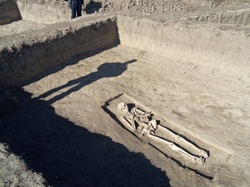 A #necropolis with over 100 #burials has been unearthed during archaeological excavations near the village of Marten in northern Bulgaria. The discovery was made by the #archaeologist from the #Archaeology Museum in the #Danube city of Ruse, Deyan Dragoev. The necropolis is on the path of the future gas connection between Bulgaria and Romania. The site includes tombs from the #Thracian times to the times of the First Bulgarian Kingdom. The oldest ones date from the 5th – 4th centuries B.C. Some reveal very interesting rites such as the tomb of a decapitated soldier, whose head was laid on his lap, while others have been buried with gold and silver jewelry or with their dogs. Some #skeletons have deformed skulls, which have been typical for the First Bulgarian Kingdom as a sign of high position in society and of nobility. Noble children then had their heads tightened with headbands in order to change the form of the skull, experts say. Remnants include wooden coffins, and ceramics and glass from Roman times. The two Thracian tombs, according to archaeologists, show that a Thracian settlement, unknown until now, has been located nearby. On Wednesday, the Ruse archaeologists sent bone material for analysis at the Bulgarian Academy of Sciences. http://www.novinite.com/view_news.php?id=145551 |
Archives
April 2023
Categories
All
|

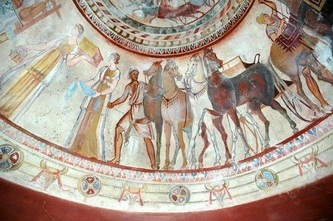
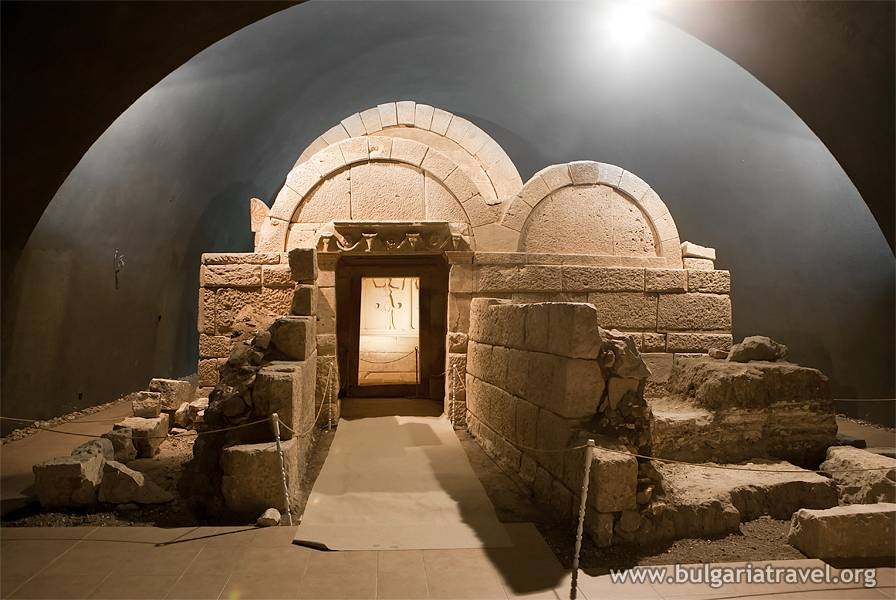
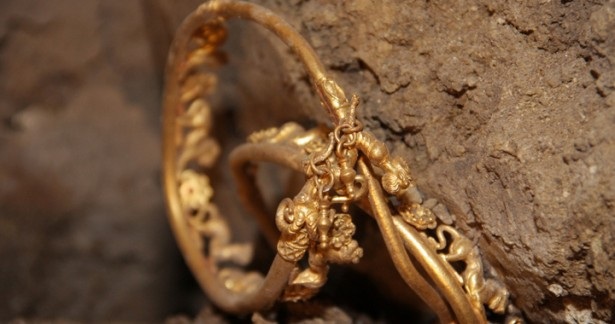
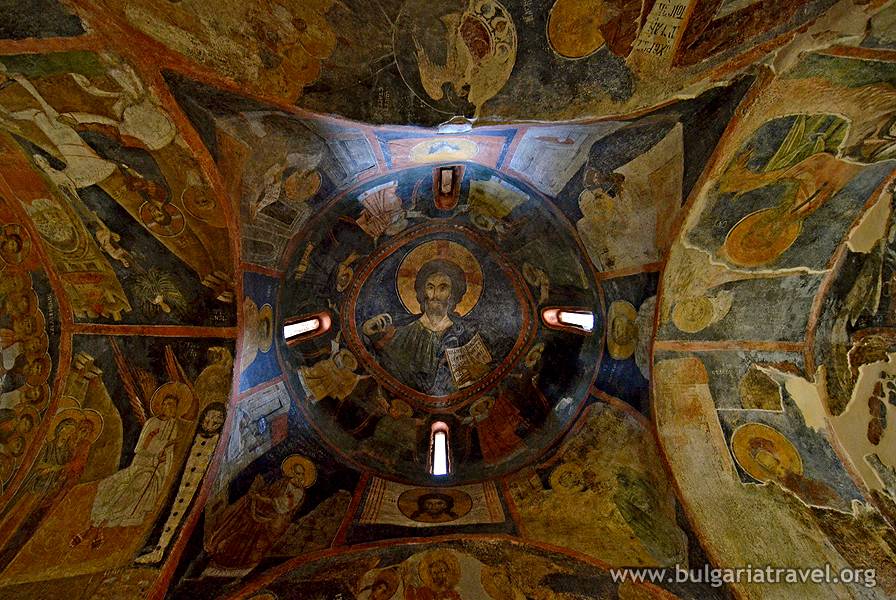
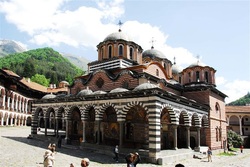
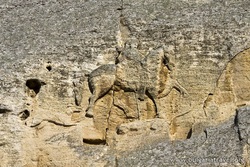
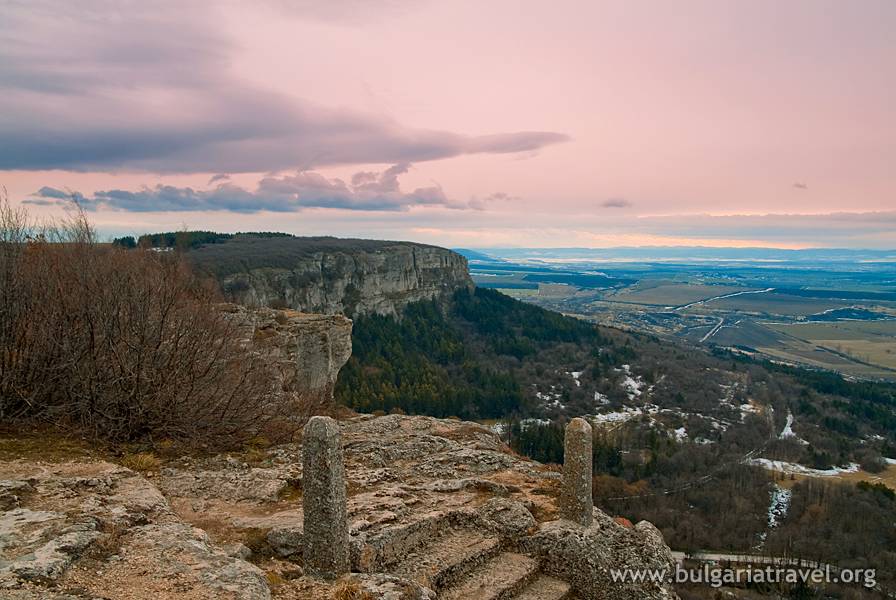
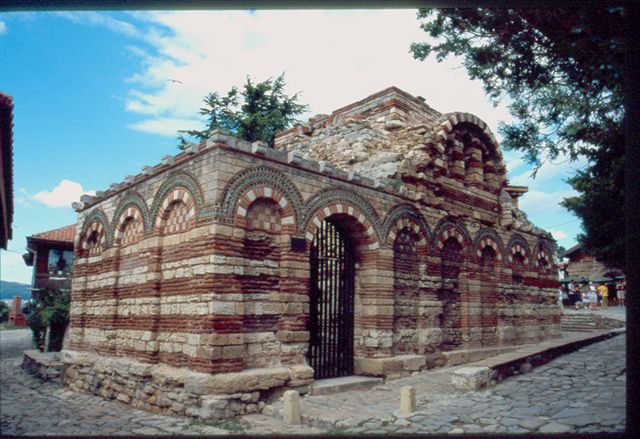
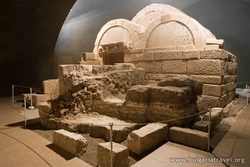
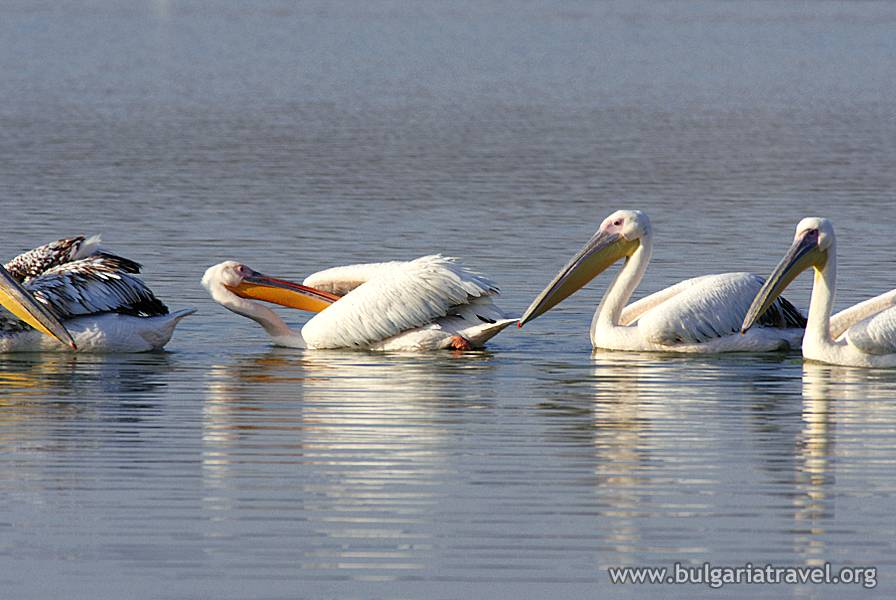
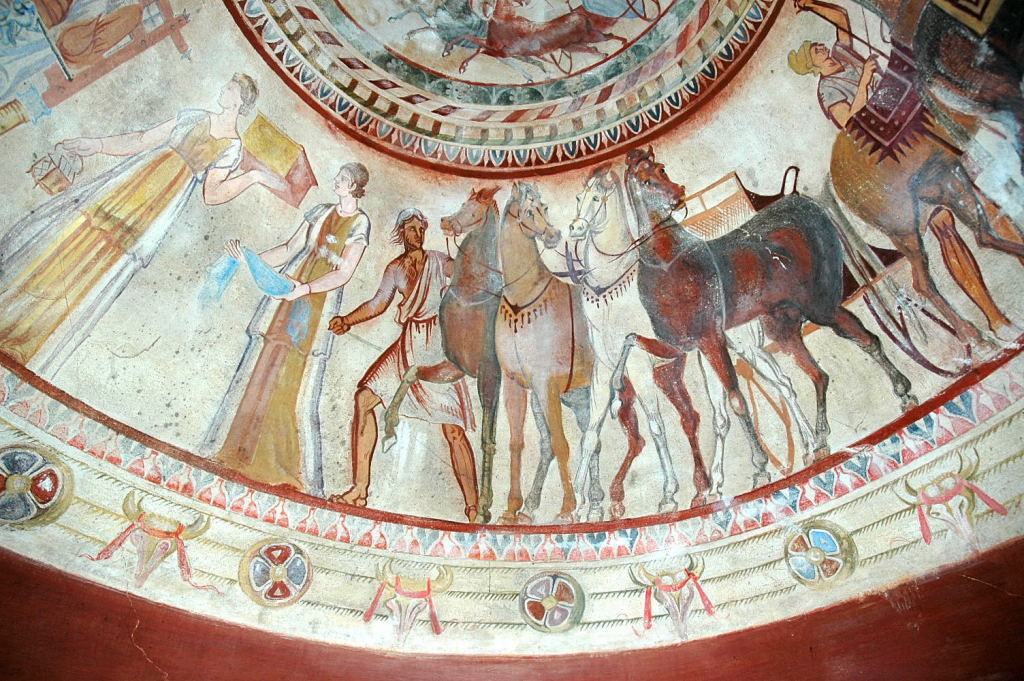
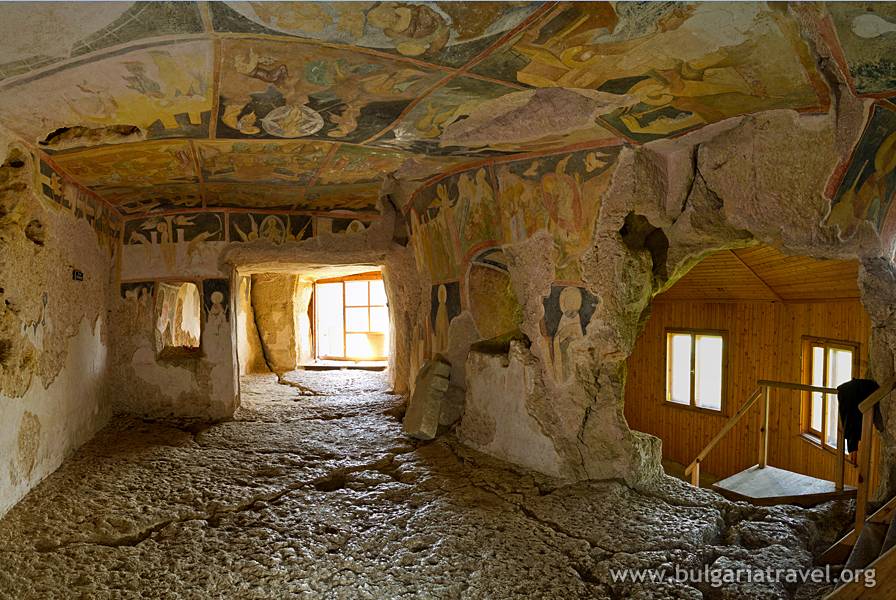
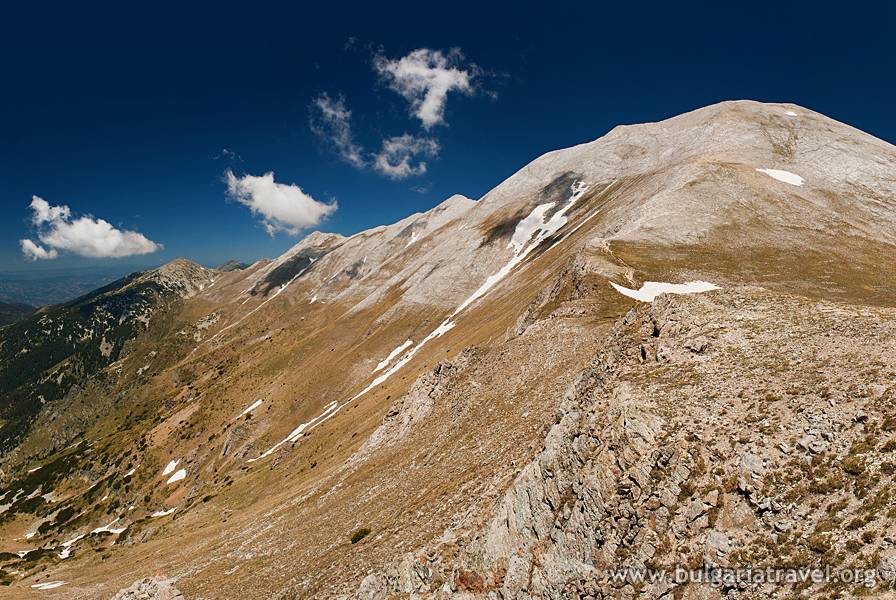
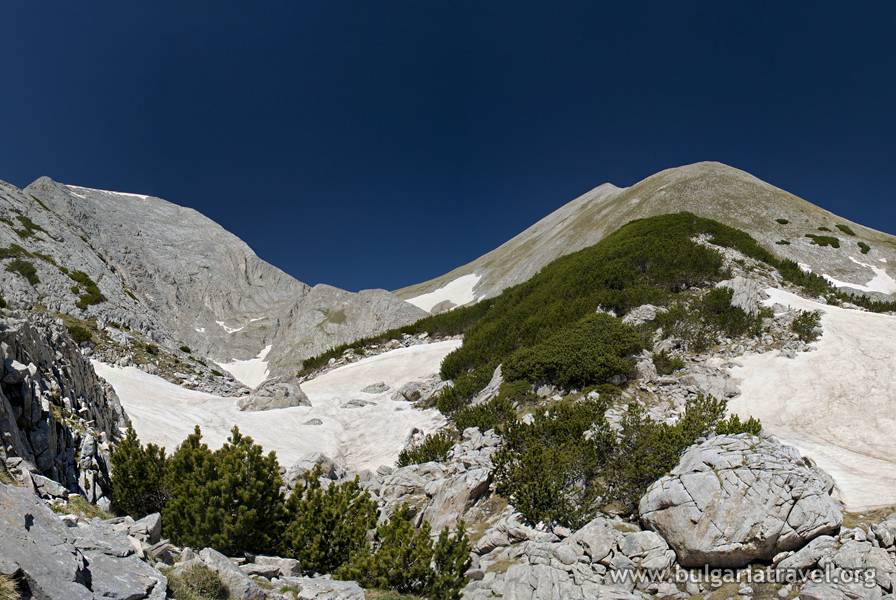

 RSS Feed
RSS Feed

